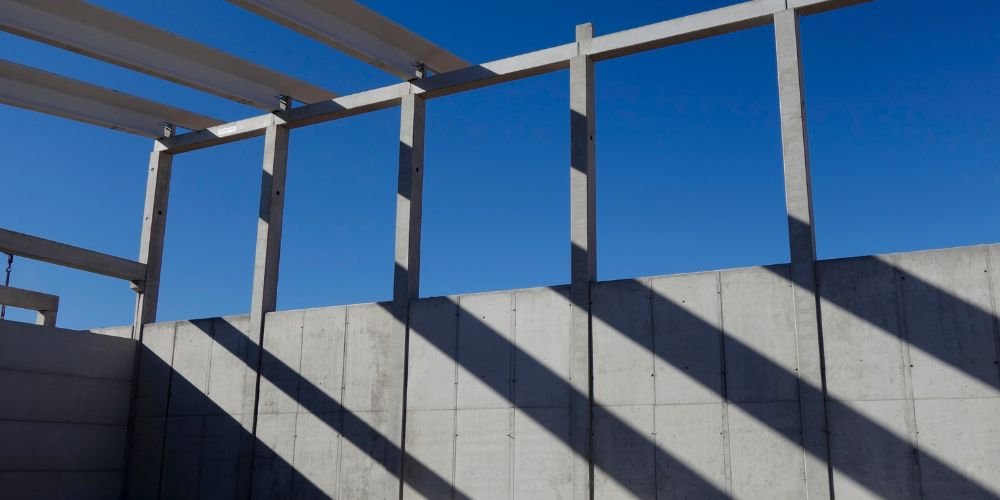Prefabrication in construction represents a paradigm shift in how buildings are designed, fabricated, and assembled. This article provides an in-depth exploration of prefabrication, covering its fundamental concepts, methodologies, practical applications, and prospects.
Understanding Prefabrication in Construction
Prefabrication, also known as off-site construction or modular construction, involves manufacturing building components in a controlled factory environment before transporting them to the construction site for assembly. This approach streamlines the construction process, enhances quality control, and reduces construction time and costs.
Off-Site Fabrication Processes
Off-site fabrication processes encompass manufacturing components such as walls, floors, and roof panels in specialized factories. Advanced machinery, including computer numerical control (CNC) machines and robotic systems, precisely fabricates components according to design specifications, ensuring consistency and accuracy in construction.
Modular Construction Techniques
Modular construction techniques entail fabricating volumetric modules or units containing complete rooms or sections of a building. These modules are constructed off-site and transported to the construction site for assembly, facilitating rapid on-site installation and reducing disruption to neighboring areas.
Panelization Methods
Panelization methods involve fabricating building elements such as off-site wall panels, floor panels, and facade systems. These prefabricated panels are manufactured with insulation, finishes, and structural components, offering superior thermal performance, weather resistance, and architectural versatility compared to traditional construction methods.
Advantages of Prefabrication in Construction
Prefabrication in Construction offers numerous benefits to construction projects, including improved efficiency, quality, and sustainability, while mitigating various challenges associated with traditional building methods.
Enhanced Construction Efficiency
Prefabrication enhances construction efficiency by reducing on-site labor requirements, minimizing material waste, and accelerating project timelines. Off-site fabrication allows concurrent manufacturing and site preparation activities, optimizing project schedules and expediting project delivery.
Superior Quality Control
Prefabrication in Construction enables rigorous quality control measures in factory settings, where environmental conditions are controlled, and production processes are standardized. It results in higher-quality building components that meet stringent design specifications and regulatory requirements, minimizing defects and rework during construction.
Sustainable Construction Practices
Prefabrication promotes sustainable construction practices by optimizing material usage, reducing energy consumption, and minimizing construction waste. Off-site fabrication facilities can implement recycling programs, utilize environmentally friendly materials, and adopt energy-efficient manufacturing processes, contributing to reduced carbon emissions and resource conservation.
Applications of Prefabrication in Construction
Prefabrication finds diverse applications across various construction industry sectors, ranging from residential and commercial buildings to infrastructure projects and disaster relief efforts.
Residential Construction
In residential construction, prefabrication offers cost-effective solutions for single-family homes, multi-family dwellings, and affordable housing developments. Modular homes, manufactured housing, and prefabricated building systems provide customizable, energy-efficient alternatives to traditional stick-built construction methods, meeting the growing demand for sustainable and affordable housing.
Commercial Building Projects
In commercial building projects, prefabrication streamlines the construction of office buildings, retail centers, and hospitality facilities. Panelized facade systems, modular office partitions, and pre-engineered structural components enable rapid construction and flexible design options, allowing developers to meet tight project schedules and budget constraints without compromising quality or aesthetics.
Infrastructure and Public Works
Prefabrication is crucial in infrastructure projects, including bridges, tunnels, and transportation facilities. Prefabricated bridge elements and systems (PBES), modular bridge decks, and precast concrete components enhance construction efficiency, minimize traffic disruptions, and improve safety on transportation projects, accelerating infrastructure upgrades and renovations.
Future Trends in Prefabrication
The future of prefabrication in construction holds promising developments, driven by advancements in technology, materials, and sustainable practices, as well as a growing emphasis on resilience and innovation.
Digitalization and Building Information Modeling (BIM)
Digitalization and Building Information Modeling (BIM) transform prefabrication processes by enabling virtual design, fabrication, and assembly simulations. BIM facilitates collaboration among project stakeholders, optimizes building designs for off-site manufacturing, and ensures seamless integration of prefabricated components into construction projects, enhancing efficiency and reducing errors.
Advanced Materials and Sustainable Solutions
Advancements in advanced materials, such as engineered timber, carbon fiber composites, and 3D-printed concrete, are expanding the possibilities of prefabrication in construction. These materials offer superior strength-to-weight ratios, design flexibility, and environmental benefits, enabling innovative and sustainable building solutions that push the boundaries of prefabrication technology.
Resilient and Disaster-Resistant Construction
Prefabrication is increasingly employed in resilient and disaster-resistant construction to mitigate the impact of natural disasters and climate change. Modular housing units, prefabricated emergency shelters, and rapid deployment systems enable quick response and recovery after hurricanes, earthquakes, and other catastrophic events, providing safe and resilient housing solutions for affected communities.
Conclusion
Prefabrication represents a transformative approach to construction, offering numerous advantages regarding efficiency, quality, and sustainability. By embracing off-site fabrication, modular construction, and penalization methods, the construction industry can overcome traditional limitations and deliver projects faster, safer, and more cost-effectively. As the demand for innovative building solutions continues to grow, prefabrication is poised to play an increasingly significant role in shaping the future of construction, driving advancements in technology, materials, and construction practices to meet the evolving wants of society.










